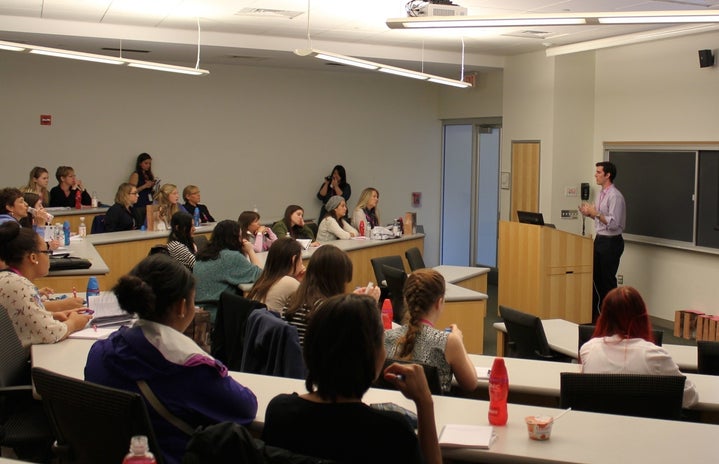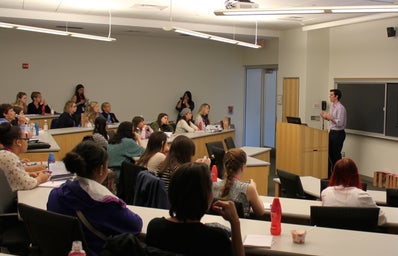This semester, I am taking a course called “Nordic Lights” with Professor Brian Martin. This comparative literature course examines literary and cultural diversity in modern Scandinavia. As a descendant of both Swedish and Norwegian ancestors, I was especially interested in taking this course. And, wow, am I glad I did! More personally, due to COVID, some of the remaining Scandinavian ancestors in my family passed away. This course has been an important mechanism of healing and feeling connected to my loved ones that my family and I so recently lost.
So far, we have just scratched the surface of all the literature and media in 20th and 21st century Scandinavia. As of now, I’ll share some of my favorites:
-
Ibsen’s “A Doll House:” Did you know that, behind Shakespeare, Henrik Ibsen is the most performed dramatist in the world today? This play, set circa 1879, is both an empowering and infuriating story about marriage, sexuality, relationships, and feminism. The main character, Nora, ends the play by walking out on her patronizing and aloof husband by slamming the door to their home. To many women, this was “a door slam heard around the world.” A must read!
-
Swedish writer Astrid Lindgren’s “Pippi Longstocking.” As someone who grew up reading the tales of Pippi, it was very nostalgic and enlightening to revisit the short story as an adult. Pippi is a Scandinavian icon for rebellion and redefining social norms, both in terms of age, gender, and behavior… which of course comes with some controversy!
-
We looked at more children’s stories, this time by Danish author Hans Christian Andersen. He is most known for his fairytales, including the famous “The Ugly Duckling,” “The Little Mermaid,” “The Emperor’s New Clothes,” and “The Princess and the Pea.” Andersen’s life story defies Scandinavian norms by surpassing a low social class and acquiring bourgeois education and culture; in many ways, his story is American Dream-like. Andersen’s exceptional life story is reflected in the messages and morals of his fairytales.
-
American writer John Steinbeck’s “The Moon is Down” — a tale of Norwegian resistance during the WWII Nazi occupation. Interestingly, Franklin Delano Roosevelt asked Steinbeck to write this novel to inspire Americans to care about the Second World War, and in 1942 when the novel was finished, Steinbeck did not know the war’s outcome. The imagery, characters, and metaphors throughout the novel are captivating and heart wrenching. As an American, it was fascinating to read about WWII Scandinavia, a topic I had spent little time studying in previous history courses. You might recognize Steinbeck’s name from some of his most famous titles, including “The Grapes of Wrath” and “Of Mice and Men.” To me, “The Moon is Down” should be just as famous and celebrated.
Lastly, we have also spent a great deal of time watching various Scandinavian films. Some of my favorites include “Scenes from a Marriage,” “Show me Love,” “My Life as a Dog,” and “The Bothersome Man.” Although I have to watch with subtitles, I have thoroughly enjoyed all of these films (and I’m sure there’s more to come).
Even only roughly halfway through the semester, I can confidently say how glad I am that I enrolled in “Nordic Lights.” Not only has this course offered insight into the history, politics, and society of the Scandinavian past and present, but it has also made me feel much more connected to my own culture. Observing Scandinavian traditions in both their films and literature has given me ideas on how I can honor and celebrate my own heritage and carry on the spirit of my family.


